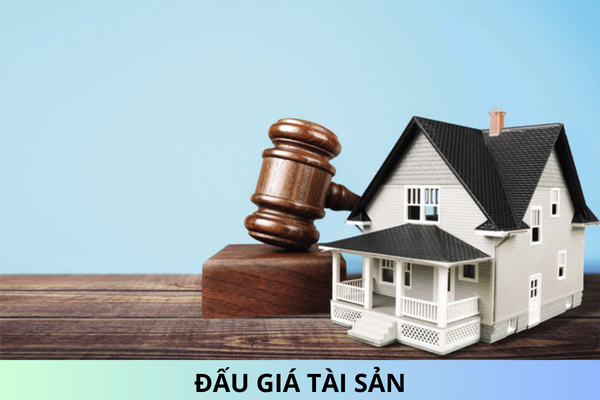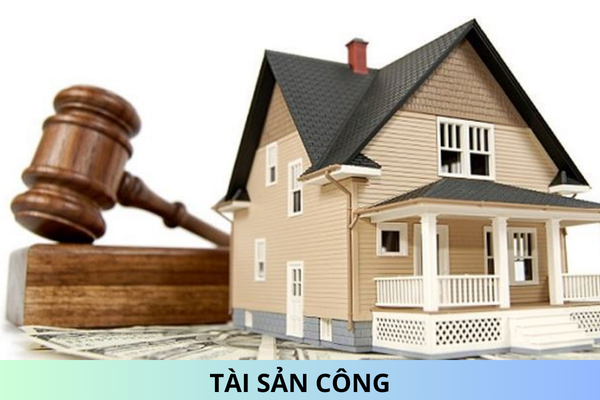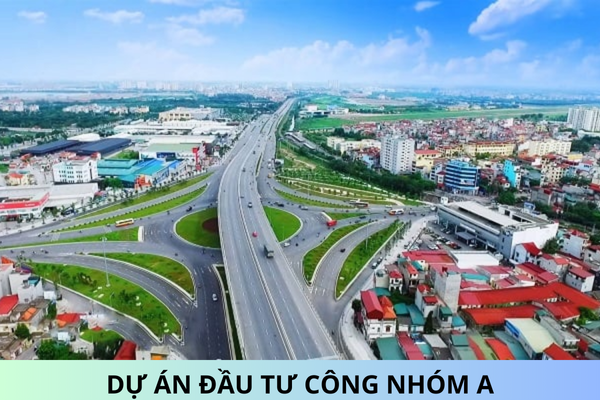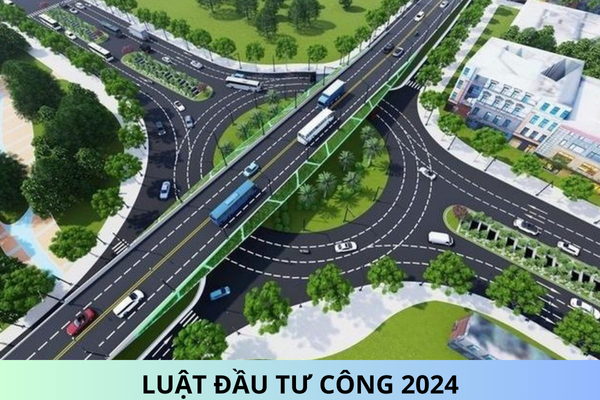What are regulations on residual method regarding valuation of real properties in Vietnam?
What are regulations on residual method regarding valuation of real properties in Vietnam? What are ways for approach and methods for valuation of real properties in Vietnam?
What are regulations on residual method regarding valuation of real properties in Vietnam?
Pursuant to Point 4, Section II of the Vietnam’s Valuation Standard No. 11 issued together with the Circular 145/2016/TT-BTC stipulating as follows:
a) Residual method is a price appraisal method which is employed to determine the value of real property with development potential on the basis of the estimated value of presumptive development of the property (total development revenue) minus estimated costs that may arise to make such development (including investors' profits).
b) General formula:
V = DT – CP
V: Value of the subject property;
DT: Total development revenue;
CP: Total development costs.
c) Presumptions of time when development revenue and costs of the real property arise:
- Presumption 1: Both the real property’s development revenue and costs arise within one year. In such case, development revenue and costs of the real property shall be calculated according to the price level applied at the valuation time.
V = DT – CP (at the valuation time)
- Presumption 2: The development process of the real property lasts for several years; upon the completion of construction, the owner provides the entire or a part of the property for rent or sells each part of the property during several years.
Where:
V: Value of the subject property;
DTt : Presumptive development revenue of the real property at the time t;
CPt: Estimated development costs at the time t;
r: Discount rate;
n: Period of estimated future cash flows;
t: Year of estimation.
d) Valuation steps:
Step 1: Determine the highest and best use of the land plot.
Step 2: Determine the period of estimated future cash flows.
Step 3: Estimate total development revenue of the real property. In the case of presumption 2, total development revenue of the real property should be converted into equivalent value at the valuation time.
Step 4: Estimate total development costs to create the development value of the real property. In the case of presumption 2, total development costs of the real property should be converted into equivalent value at the valuation time.
Step 5: Determine the value of land use right by getting the figure achieved in step 3 minus (-) the figure achieved in step 4.
dd) The grounds for determining the highest and best use of the land plot:
- Features of the land plot;
- Information about the land planning, construction planning, planning for change of land use purposes and regulations on construction approved by competent authorities;
- Guidance on analysis of highest and best use of property is provided for in the Vietnam’s Valuation Standard with respect of valuation process.
e) Determination of the period of estimated future cash flows (n):
Determination of the period of estimated future cash flows is performed in accordance with instructions in the Vietnam's Valuation Standard on the cost approach with respect of the discounted cash flow method.
g) Determination of total development revenue:
Total development revenue of the real property is the total estimated revenue of the subject real property in conformity with the highest and best use of the land plot.
Total presumptive development revenue of the real property shall be estimated on the basis of survey, collection of information about the transfer price, rental and other components of revenue of pieces of real property which have similar features with the project being invested and constructed at the area where the subject land plot locates or the area that has profit-earning capacity and equivalent technical and social infrastructure conditions; the valuer should take into accounts the trends and changes in transfer price, rental and other components of revenue of the project which shall be invested and constructed in the future.
Total development revenue is calculated by employing the market approach or the income approach.
With regard to the presumption 1 at paragraph c of this point, the development revenue shall be calculated according to the price level at the valuation time in case all products of the finished real property is sold out at the valuation time or in case where the valuer cannot estimate the selling price or the rental at estimation years of each development period of the real property.
With regard to the presumption 2 at paragraph c of this point, the conversion of total development revenue of the real property into equivalent value at the valuation time shall be made according to the following formula:
h) Determination of total development costs:
Total development costs refer to all necessary costs estimated for a real property with development potential in conformity with applicable laws (on technical - economic norms, consumption of materials and accounting of production and investment costs) and ensuring the highest and best use of the subject land plot. Total development costs include:
* Investment and development costs:
- Infrastructure costs and other relevant costs;
- Construction costs include costs for demolition of buildings, site leveling, construction of works, work items, or construction of temporary works or auxiliary works serving the primary construction;
- Equipment costs include costs for purchase of building equipment and technological equipment; costs for training and technological transfer (if any); installation, testing and calibration costs; transport and insurance costs; taxes and other fees and costs;
- Project management costs include costs for performing project management activities during the preparation, execution and completion of the project when the project is put in to operation;
- Consultancy costs include costs for survey and preparation of pre-feasibility study reports (if any), feasibility study reports, technical – economic reports, design costs, consultancy costs for supervision of construction works and other relevant consultancy costs;
- Contingency costs include contingency costs for additional workload (if any) and contingency costs for price slippage. The contingency costs for price slippage shall be applied during the execution of the project lasting for several years;
- Other costs (such as costs for verifying total investment and insurance premiums of the construction works, etc.);
- Operating costs;
- Costs of loan interests, taxes, etc.
Costs for compensation and site clearance include compensation, subsidies for relocation, costs for conducting compensation and site clearance works which are not included in the total development costs.
When calculating these cost items, the valuer must comply with competent authorities’ current regulations on methods for determining total investment costs of the project, economic - technical norms (including materials, machinery, equipment, workers, etc.), and current prices according to each estimation year in conformity with the construction progress of real property. In addition, the valuer must present strong arguments for using the said cost items on the basis of comparison of such cost items with those of similar projects and/or price levels on the market (price of materials, machinery, equipment and workers, etc.) at the valuation time and relevant contents specified in the Vietnam’s Valuation Standard with respect of the cost approach.
Total development costs shall be calculated by employing the market approach or the income approach.
With regard to the presumption 1 at paragraph c of this point, the development costs shall be calculated according to the price level at the valuation time in case all products of the finished real property are sold out at the valuation time or in case where the valuer cannot estimate the unit price, prices of materials, machinery, equipment and workers at estimation years of each development period of the real property.
With regard to the presumption 2 at paragraph c of this point, the conversion of total development costs of the real property into equivalent value at the valuation time shall be made according to the following formula:
* Investor’s profits
Investor’s profits shall be determined according to the following order of priority:
- Investor’s profits are determined in accordance with regulations of competent authorities (if any).
- Investor's profits are determined on the basis of the proportion of average profit on the market to total costs (including direct costs, indirect costs and excluding financial costs) of at least 03 real property projects with similar features in locality.
- Investor's profits are determined as the average of profit percentage before corporate income tax (which has been audited or accounted) and total costs of at least 03 operating real property enterprises.
i) Discount rate:
The annual discount rate of the project is determined on the basis of the average of interest rates of medium-term commercial real property loans of 04 state commercial banks (including Vietnam Bank for Agriculture and Rural Development (Agribank), Joint Stock Commercial Bank for Investment and Development of Vietnam (BIDV), Joint Stock Commercial Bank for Foreign Trade of Vietnam (Vietcombank) and Vietnam Joint Stock Commercial Bank for Industry and Trade (VietinBank)) with provincial-level head offices or branches at the valuation time.
The example of the residual method is stated in Appendix No. 02 enclosed with this Standard.
What are ways for approach and methods for valuation of real properties in Vietnam?
Pursuant to Point 2, Section II of the Vietnam’s Valuation Standard No. 11 issued together with the Circular 145/2016/TT-BTC stipulating as follows:
With respect of each valuation method, the valuer must select information to be collected with the aim of ensuring the accuracy of valuation result. The real property-related information collection form is stated in Appendix No. 3 enclosed with this Standard for reference.
Best regards!













